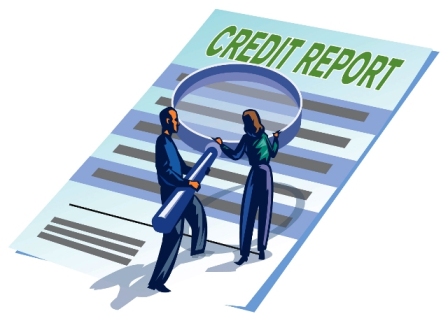by the SERDEF Media Bureau
(First published in the Philippine Online Chronicles, March 27, 2013)
Today, March 27, 2013 may well go down in our economic history as the day the Philippines steps into “investment grade” in international credit rating for the first time ever.
In a statement issued this afternoon, international debt watcher Fitch Ratings announced it upgraded the Philippines from BB+ to BBB-, a rating considered to be in the initial rung of investment grade.
Fitch Ratings provides an opinion on the relative ability of an entity (a country, a company, a bank or some other organization) meet financial commitments, such as interest, preferred dividends, repayment of principal, insurance claims or counter-party obligations.
Fitch ratings are future-oriented and are based on management projections, trends, and historical performance.
What’s in it for us
What’s in it for emerging economies like us to step up to “investment grade?” Why is this economic “Holy Grail” devoutly to be sought after?
Credit ratings are used by investors as indications of the likelihood of receiving the money owed to them in accordance with the terms on which they invested. Fitch credit ratings cover the global spectrum of corporate, sovereign (including supranational and sub-national), financial, bank, insurance, municipal and other public finance entities and the securities or other obligations they issue, as well as structured finance securities backed by receivables or other financial assets
In simpler terms, an investment grade rating indicates a well-managed economy in fiscal and monetary terms that serves as an assurance to creditors they will be promptly paid.
Having an investment grade credit rating means the Philippines would be able to haggle for lower interest rates when it borrows abroad since its debt instruments are deemed less risky than that of other countries.
An investment grade would boost investor interest in the country, with more countries likely to consider us as investment destinations.
Euphoria
In the glowing words of Finance Secretary Cesar Purisima, an investment grade “opens up more sources of financing for our businesses, lowers the cost of borrowing, and encourages more investments, which in turn will lead to more jobs and greater incomes for our people.”
Needless to say, Malacanang is similarly euphoric as it catalogued benefits from the upgrade, including “greater access to low-cost funds which gives us more fiscal space to sustain and further improve on social protection, defense, and economic stimulus among others.”
In its statement released today, Fitch explained the improved rating for the Philippines this way:
The Philippines’ sovereign external balance sheet is considered strong, with a persistent current account surplus on the back of a strong remittance inflow, which proved resilient through the global financial crisis that has rocked the world since late 2007. It noted the expansion of the country’s economy by 6.6 per cent last year even as global economic performance continued to be lackluster.
Notably, last December, another global agency Standard and Poor raised the country’s credit rating from stable to positive, or just a notch below investment grade.

